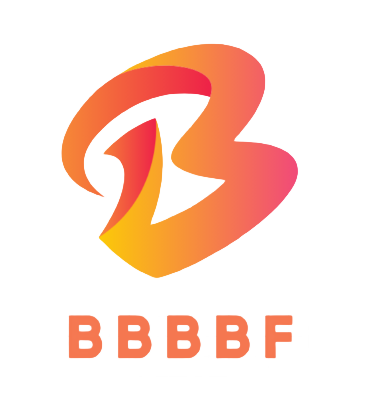Enabling two-factor authentication (2FA) on your WordPress website adds an extra layer of security by requiring a second form of verification beyond just a password. Here’s a step-by-step guide to set it up:
Using a Plugin
The easiest way to enable 2FA is by using a WordPress plugin. Here’s how:
Log in to your WordPress Admin Dashboard.
Go to Plugins > Add New.
Search for a 2FA plugin. Some popular options include:
Google Authenticator
Wordfence Security
Two Factor Authentication
WP 2FA
Install and activate the plugin. For example, if you choose the “Two Factor Authentication” plugin:
Click “Install Now.”
Once installed, click “Activate.”
Configure the plugin:
Go to Settings (or wherever the plugin settings are located).
Look for the plugin settings related to 2FA. For example, with the “Two Factor Authentication” plugin, navigate to Users > Your Profile or Users > All Users to manage 2FA settings.
Follow the instructions to set up 2FA. This usually involves scanning a QR code with an authenticator app (like Google Authenticator, Authy, or Microsoft Authenticator) and entering a verification code.
Test the setup:
Log out of your WordPress admin area.
Attempt to log back in to ensure that 2FA is working correctly and that you are prompted for the additional authentication code.
Additional Security Measures
Backup Codes: Some plugins provide backup codes in case you lose access to your authenticator app. Make sure to save these codes in a secure location.
User Roles: Ensure that 2FA is enabled for all user roles that need it, especially administrators and editors.
Updates: Regularly check for plugin updates and security patches.

Comments (0)